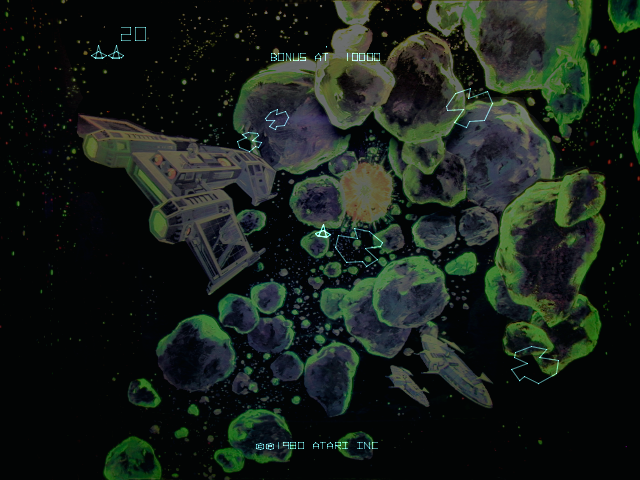Asteroids Deluxe (rev 3)
Game Information
| manufacturer | Atari |
| year | 1980 |
| cloned by | astdelux1 astdelux2 |
| genre | Shoot-'Em-Up |
| downloads | 463 |
Screenshots










Download Details
| split set | astdelux.zip 10.59k |
| merged set | astdelux.7z 11.24k |
| standalone set | astdelux.7z 9.61k |
| artwork | astdelux.zip 34.16m |
Driver Details
| source | atari/asteroid.cpp |
| status | good |
| emulation | good |
| savestate | supported |
Series Details
Screen Details
| display | screen |
| type | vector |
| orientation | horizontal |
| refresh | 61.52mhz |
Input Details
| player | 1 |
| type | only_buttons |
| buttons | 5 |
| directions | N/A |
Chipset Details
| name | MOS Technology 6502 |
| clock | 1.44mhz |
| name | Atari C012294 POKEY |
| clock | 1.44mhz |
| name | Speaker |
| clock | N/A |
| name | Discrete Sound |
| clock | N/A |
| name | Atari C012294 POKEY |
| clock | 1.44mhz |
ROM Details
| name | size | crc |
|---|---|---|
| 036430-02.d1 | 2.00k | a4d7a525 |
| 036431-02.ef1 | 2.00k | d4004aae |
| 036432-02.fh1 | 2.00k | 6d720c41 |
| 036433-03.j1 | 2.00k | 0dcc0be6 |
| 036800-02.r2 | 2.00k | bb8cabe1 |
| 036799-01.np2 | 2.00k | 7d511572 |
| 034602-01.c8 | 256.00b | 97953db8 |